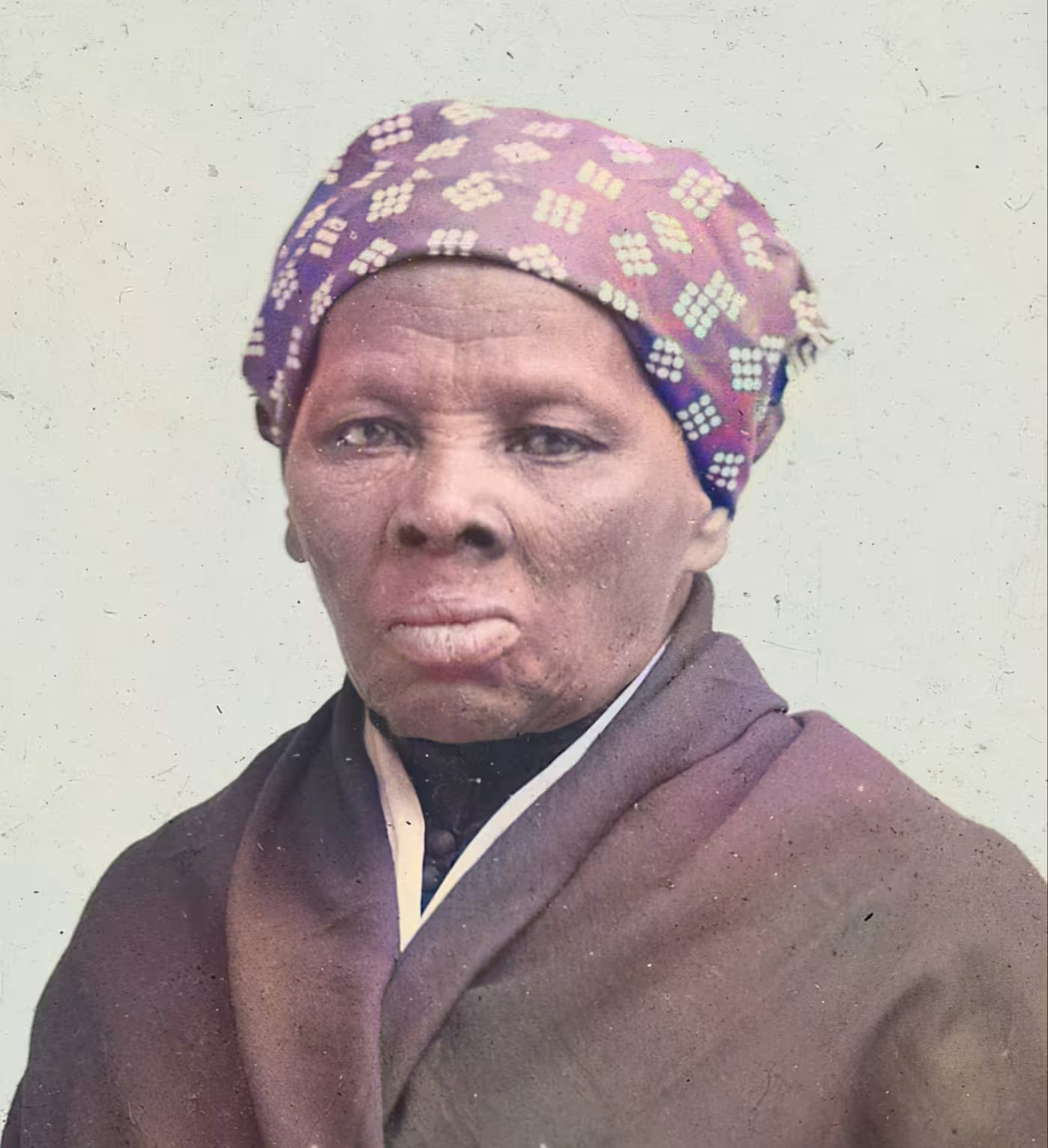For a brief moment, Harriet Tubman—the face of resistance, courage, and liberation—was quietly removed from a key section of the National Park Service’s website on the Underground Railroad. Her image and several references to slavery disappeared, replaced by a narrative that leaned heavily on themes of interracial cooperation and civil rights.
The changes, made without public announcement, sparked concern from historians, educators, and the public. Critics called out the shift in tone as a softening of harsh historical realities—namely, slavery and Tubman’s role in helping people escape it.
The National Park Service has since restored the original content, including Tubman’s portrait and the accurate framing of her legacy. In a statement, the agency clarified that the updates were unauthorized and made without approval from senior leadership.
This isn’t the first time historical representation in federal institutions has faced quiet revision. Across agencies, there’s been a pattern of removing or reducing content tied to racial history and diversity initiatives. But this pattern didn’t start with any one person or administration. It’s part of a larger, ongoing struggle over how American history is told—and who gets to tell it.
Harriet Tubman isn’t famous for symbolism. She’s famous because she acted—risked everything to lead others out of bondage. Her story isn’t just one of heroism; it’s a reminder of what was, and what still needs reckoning.
Restoring her rightful place on a federal site isn’t just about correcting a webpage. It’s about protecting the truth, even when that truth is uncomfortable. History, after all, isn’t meant to flatter—it’s meant to teach.





































